by Eepa
We have seen over the past few months of the Black-led uprising against police violence that we will all be met with extreme violence at the hands of police, national guard, military contractors, fascist militia members, and alt-right lone-wolfs. What is the one thing we can all collectively do to ensure that our casualties are given a fighting chance to live after being attacked? Carry medical gear for trauma treatment and learn basic trauma first aid.
Everyone reading this, if you can spare the money or can fundraise, get at least one Individual First Aid Kit (IFAK). These are kits designed to save lives during traumatic injuries (i.e. explosions, stabbings, vehicle strikes, shootings). These are not your typical first aid kits, replacing things like Tylenol with mass bleeding response items. Usually sold as tactical gear to military and police, the violence on the streets and the deaths of Black Lives Matter protesters at the hands of right-wing attackers has shown the immediate need for all of us to start carrying life saving gear.
In this piece, we will look at what gear a beginner should buy, who to buy from to avoid dangerous counterfiet medical gear, how to get training & practice, and the ways we can use this gear/training to keep each other alive.
I. Essential IFAK Items
1. Tourniquet
Tourniquets are a very important item for stopping massive hemorrhaging (bleeding) from wounds that have hit major arteries (the blood vessels that deliver oxygen-rich blood from the heart to the tissues of the body). A tourniquet is a device that is used to apply consistent pressure to a limb or extremity (arms & legs, hands & feet) in order to limit, but not entirely stop, the flow of blood to that limb or extremity.
Tourniquets come in a variety of forms. We will examine some of the recommended types, some that we would recommend staying clear from, and some that can be made out of improvised materials.
Recommended Tourniquets
COMBAT APPLICATION TOURNIQUET (CAT) - This tourniquet is battle tested and easy to use. This tourniquet was one of the first devices incorporating a windlass, a spinning rod that applies pressure to the wound. Over multiple generations, the CAT has been updated to correct issues seen in the field and improve performance.

SPECIAL OPERATIONS FORCES TOURNIQUET (SOF-T) AND SOFTT-WIDE - This tourniquet is a newer design than the CAT and incorporates some design differences designed to increase the ease of use for some users. There are two plastic D-rings used to retain the windlass after pressure has been applied. The SOF-T Wide helps apply presure over a larger surface area, helping ensure even distribution of forces.

Tourniquets to Avoid
SWAT-T, R.A.T.S, TK4, NATO TOURNIQUET, AND OTHER “BAND” DEVICES - These devices do not apply consistent pressure and have a tendency to loosen when evacuating a casualty. This can result in increased bleeding and potentially death. These are cheap but very ineffective/easy to mess up.

Improvised Tourniquets
Tourniquets can be improvised using fabrics that are at least 1.5 to 2 inches wide, combined with sticks. Wide materials are not only more comfortable, they cause less nerve damage & are also more effective. Example images:
You also can incorporate a last-ditch tourniquet into your clothing. A belt with a two-prong buckle and holes along the entire length of the belt can be employed as a last resort tourniquet.
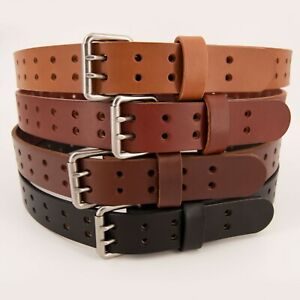
2. Combat Bandage/Dressing
The Combat Bandage/Dressing (Emergency Bandage / Israeli Bandage) is an elasticized bandage with a sewn-in non-adhesive pad. They are similar to elastic ‘ace’ bandages used to treat sprain injuries, but have three unique features:
- A sterile non-adherent dressing to allow removing the bandage without reopening a wound.
- A pressure applicator placed over the wound to stop bleeding by applying pressure. It allows changing the direction of the bandage and wrapping it around the wound once in various directions. It also makes bandaging easier. It is especially useful for stopping bleeding in groin and head injuries.
- A closure bar at the end of the bandage to secure the bandage and add pressure to a wound. It allows the bandage to clip neatly in place without slipping and can be used by a “sliding motion with one hand.”
These are inexpensive and should be carried in multiple. Do not substitute menstrual pads for combat dressings!
3. Chest Seals
Chest seals are used to treat penetrating wounds to the chest from stab wounds or gunshot wounds. Untreated, these types of sucking chest wounds can result in lung collapse or pneumothorax, a lethal condition. Chest seals act as one-way valves to ensure the chest cavity is protected from these conditions. Be sure to get quality chest seals like the HyFin Vent seals which maintain adherence to the chest, even with slippery blood present. Be sure to buy these in sets of two, one for entry wounds and the other for exit wounds. If you get shot two times, you will likely have four wounds.

4. Hemostatic Guaze
Hemostatic gauze is designed to induce rapid blood coagulation (also known as clotting, is the process by which blood changes from a liquid to a gel, forming a blood clot, stopping/slowing bleeding). QuikClot was the OG of the hemostatic world, but advancements have been made, making citosan-based products like Celox and Chito-SAM preferred. QuikClot is best for if you are hours or days from medical care, Celox and Chito-SAM are better for when you are closer to hospital care. Buy the gauze, not the granules!
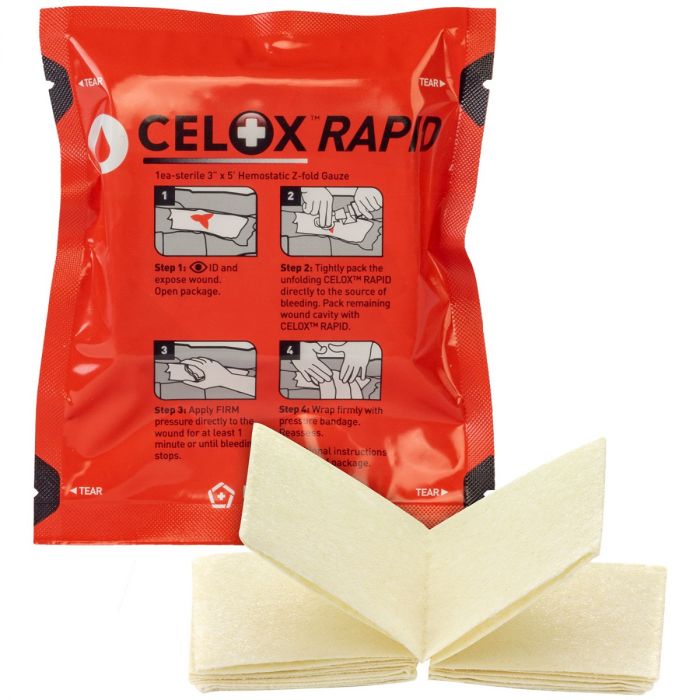
5. Permanent Marker
You need this to document. Write the time a tourniquet was applied on the tourniquet and on the body of the patient. If the person is conscious, write the contact number of their emergency contact on their body.

6. EMT Shears
EMT shears are very useful to cut away clothing from a wound so that medical aid can be applied. Shears are safe, knives are not especially under stress.
6. Carrying Bag
IFAKs need to be kept together and kept sanitary. Keep your items in their wrapper as secure them in a bag. The cheapest way to do this is with a zip-freezer bag, though these are prone to tearing. We recommend getting a quality nylon bag to hold your IFAK contents.
The cheapest way is with a surplus Squad Automatic Weapon (SAW) Gunner Pouch, 200 Round. Originally these held ammunition for belt-fed machine-guns, but their size and sturdy construction make them ideal for IFAKs. These run $8-16 USD. Be sure to get a red cross / red crescent patch to mark these as first aid to others.
Dedicated IFAK bags are a nice upgrade because they retain items in specific locations, making it easy to get what you need without dumping the whole kit on the ground. Stress makes finding things harder; dedicated IFAK bags make finding things easier.
Make sure to mark all of your kits with the Red Cross / Black Cross / Red Crescent to signal to others that the bag contains life saving materials. You may not be conscious to tell them.
7. What about other medical gear?
Most IFAKs will come with some additional equipment like a nasopharyngeal airway or a decompression needle. While it is ok to have these in your kit, should a trained medic need them, you MUST NOT use these without training. If you don’t know if you are trained enough, you are not.
II. Where to buy?
We only recommend purchasing IFAKs and medical supplies from a reputable dealer like Chinook Medical, North American Rescue, Rescue Essentials, or The Tactical Medic. NEVER buy trauma first aid supplies from Ebay, Amazon, or fly-by-night websites. On websites like Amazon/Ebay/Walmart, there have been many reports of people buying quality NAR tourniquets, only to receive counterfeits. Counterfeit gear will get you killed! The windlasses will break, the materials will slip, they will fail under pressure, they will not seal correctly, etc. Here’s a video breakdown of this problem:
III. How to get Training & Practice
1. Self Teach
This is the baseline. If you carry the basic kit we described above, at minimum open your IFAK, make sure you know where everything is, and get extremely familiar with how to use each of the items. You can do this by watching videos. You can also buy training versions of Chest Seals, Tourniquets, Combat Bandages, & Hemostatic gauze that will let you open them up and practice using them for less money than a medically ready version. Go to the manufacturer or dealer for product-specific training videos. Here are some basic videos to get you started:
2. In-Person Training
There are a variety of programs, courses and schools that will get you up to speed with practical life saving skills utilizing the contents of your IFAK.
Stop the Bleed
Stop the Bleed is a program designed to give free courses to the public to increase public training to treat traumatic bleeding injuries. This is a very basic course that mainly covers bandaging and tourniquet use. To find a class visit: www.stopthebleed.org

Tactical Medic Training
Training to provide medical assistance in tactical situations requires more than just expertise on applying medical devices. In order to prepare for the dangerous conflicts we are experiencing today, we highly encourage sending members of your affinity group to recieve advanced tactical medic training. This training encompasses topics like:
- Physiological and Psychological reactions to environmental stress
- The importance of having the proper Combat Mindset
- Basic Anatomy and Physiology of the life-sustaining system
- H, A, B, C’s—Hemorrhage, Airway, Breathing and Circulation
- Basic and Advanced Airway management -treating and monitoring tension pneumothorax, sucking chest wound and flail chest
- Basic First Aid and Advanced wound care
- Application of Bandages, Hemostatic Agents, and Tourniquets
- Response to active shooter situations
- Proper use of cover and cover vs. concealment
- Casualty recovery in an Active Shooter situation
- Mass casualty triage procedure
- Emergency Medical Dialect/Lingo (911 protocol, Fire and EMS and First Responders)
Fair warning, most of these places are run by people who actively work with police and military. Get the training, but keep your politics to yourself. Cover up any political tattoos. The training is critical, so be aware you are going to be in groups hostile towards your world view. Play the part, get the training, then get out.
Places that offer this kind of training:
- Dark Angel Medical
- SOARescue
- National Association of Emergency Medical Technicians
- Independence Training
There are other training courses/locations out there. Be sure that the class is being taught by an experienced and certified medical professional.
Emergency Medical Technician (EMT) Training
For the most useful set of skills you can provide to your entire community, nothing beats EMT training. These courses are offered nationwide and lead into a job path.
Conclusion
It’s up to all of us to help how we can. If you show up to a protest, try to have at least one basic IFAK with you. Someone else may need it or you might. Keep it strapped to your belt or to your wheelchair. The day someone needs it, is the day you need to have it. Even when not protesting, keep a small IFAK in your bag or in your vehicle. We can all do a part to keep our comrades safe!
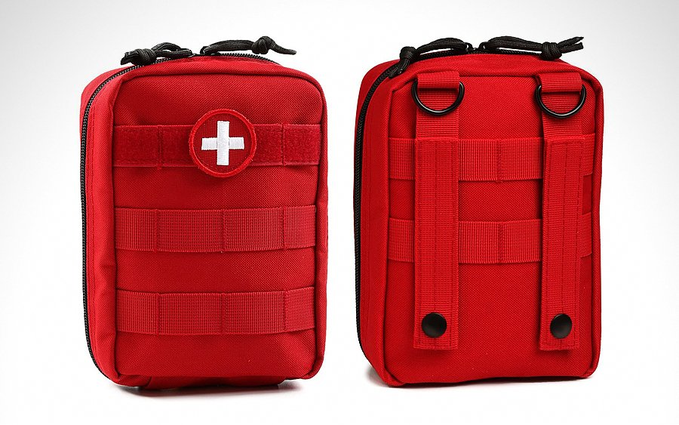


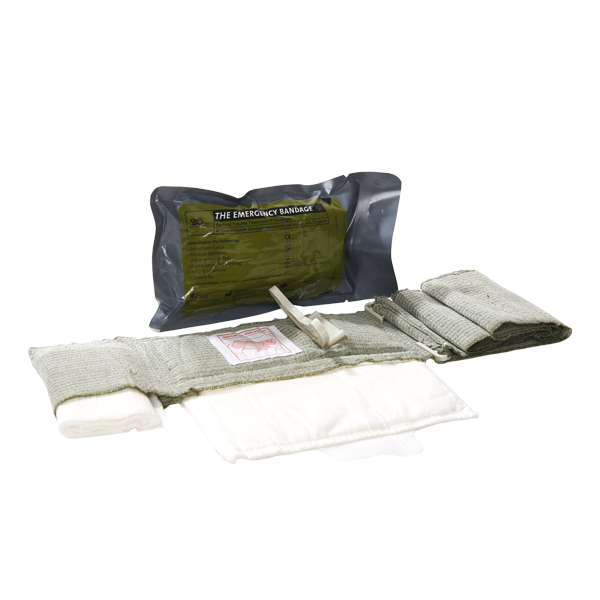







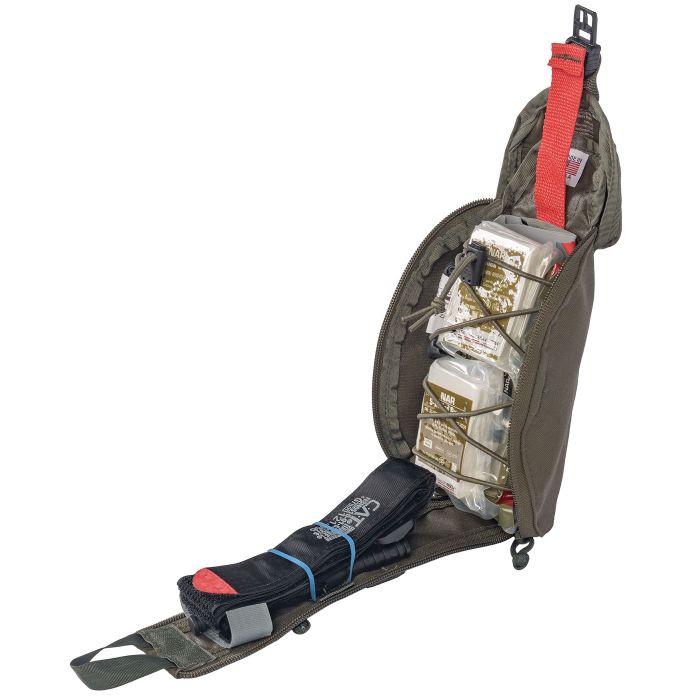






5 thoughts on “Skills for Revolutionary Survival: 1. Trauma Medical Gear”
Comments are closed.